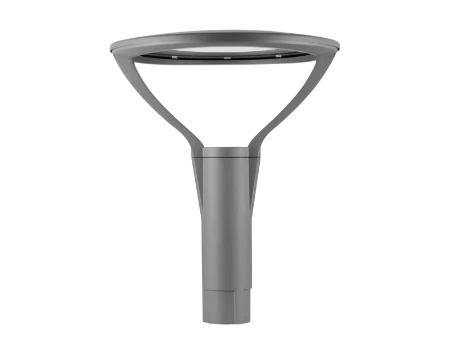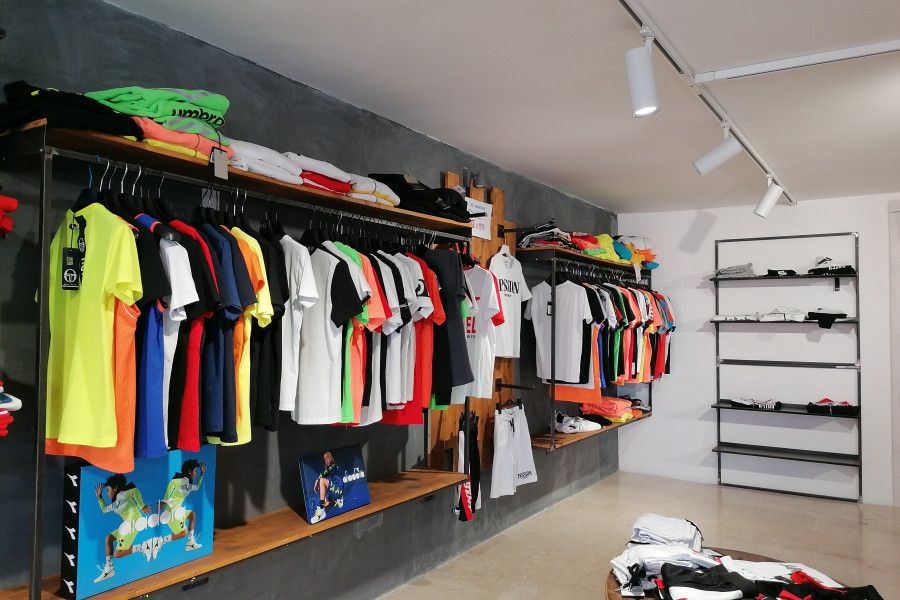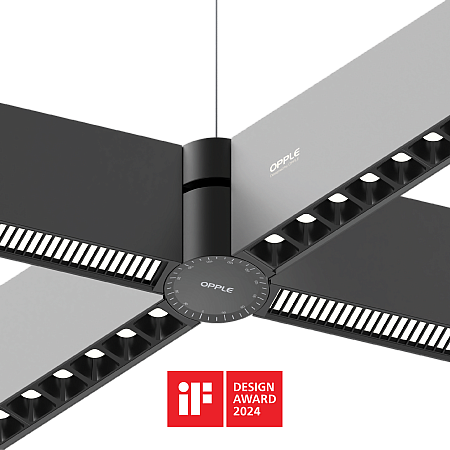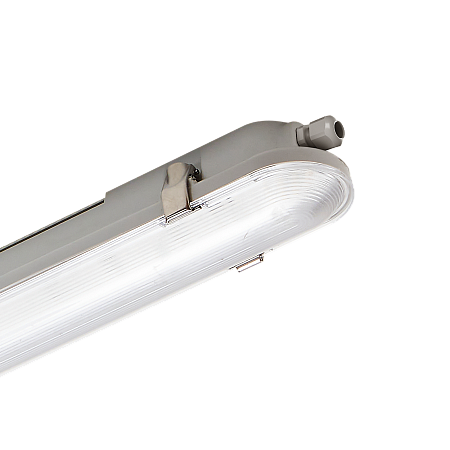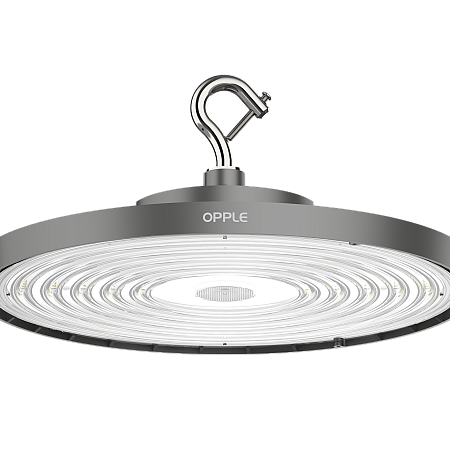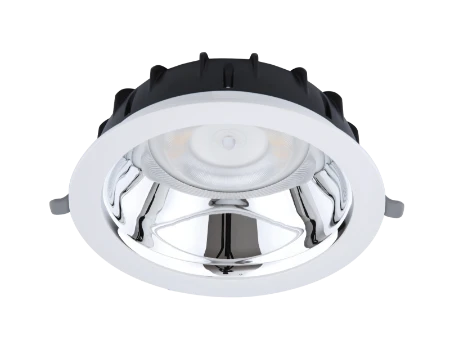
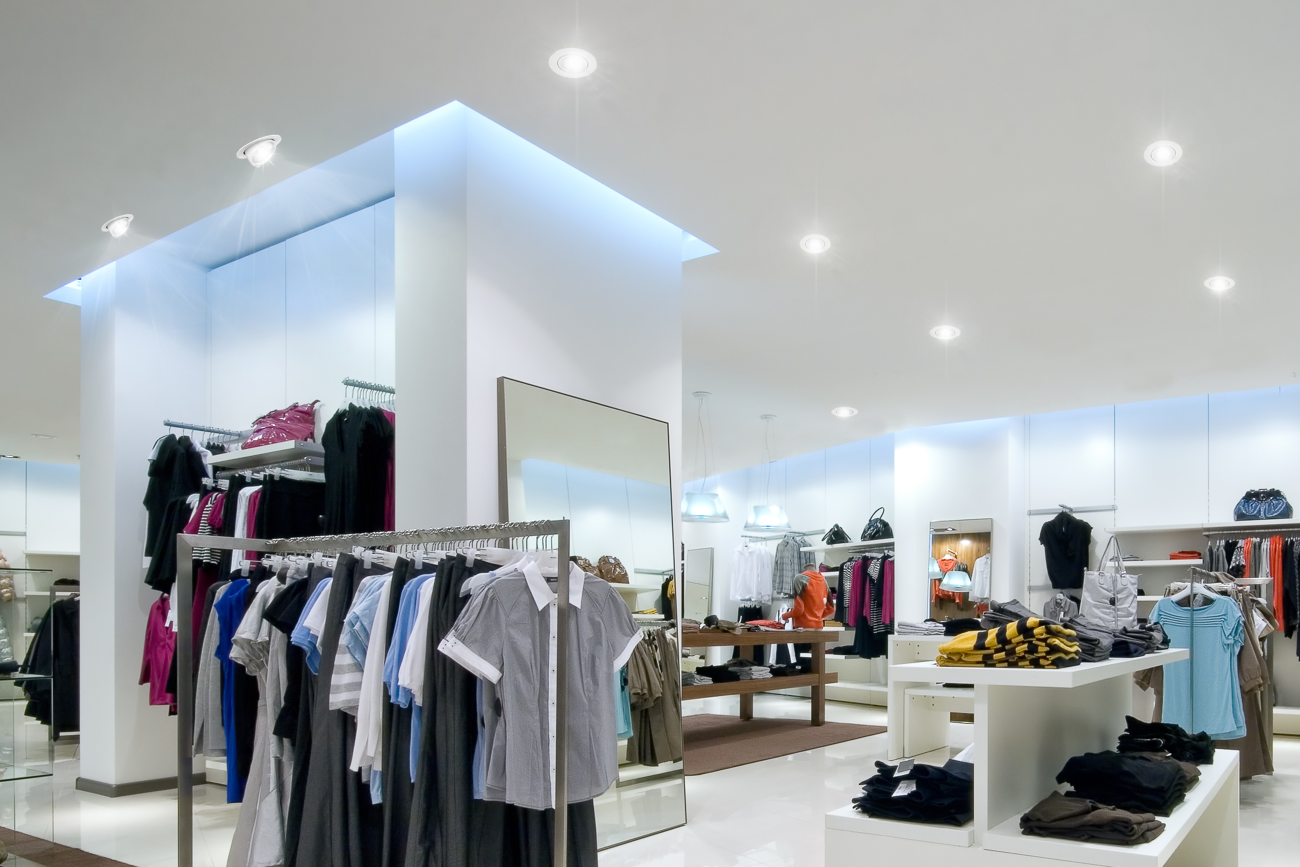
Retail environments are not simply locations where transactions happen. They are spaces where brands can communicate their unique story, build lasting relationships with customers, and provide memorable shopping experiences. In this story, lighting often plays a crucial but often overlooked role.
Good lighting design can influence not only the aesthetics of a retail space but also the shopping behavior and the overall customer experience. This blog explores the importance of lighting in retail and how it can be used to create an attractive and pleasant shopping environment.
Setting the stage with light
The first interaction a customer has with a store is not with the products, but with the store's lighting. The intensity, color and direction of lighting can influence a customer's first perception, guide them through the store, highlight products and subtly influence their purchase decisions. A well-lit store can significantly affect a customer’s mood, perception of product quality, and even the amount of time they spend wandering around.
The power of various lighting techniques
The strategic use of ambient lighting creates a welcoming environment, drawing customers into the store. Accent lighting, in particular, plays a critical role in highlighting specific products or areas within a store, guiding the customer journey through the retail space. By using accent lighting, retailers can subtly draw attention to particular products, promotions, or displays, influencing the path a customer takes through the store and their interactions with the products. Decorative lighting fixtures can enhance the overall aesthetic of the store and help create a specific atmosphere or theme.
Yet, also the functional general lighting and task lighting should not be neglected. It ensures sufficient illumination levels in all areas and sets the first impression of a customer.
The influence of color temperature and color rendering index
Color temperature of lighting is another important aspect to consider. It ranges from warm (2700k) to cool (6500k), and it significantly impacts the ambiance of a store. Warm lighting creates a relaxing and inviting atmosphere, while cool lighting portrays a more energetic and vibrant environment.
Retailers should choose the color temperature according to the products they sell and the atmosphere they want to create. For instance, a jewellery store might use high color temperature lights to make diamonds sparkle brightly, while a bookstore might use warm, soft lighting to create a cozy, inviting atmosphere.
The CRI is a measure of a light source's ability to reveal the true colors of objects as compared to an ideal or natural light source. Higher CRI values mean colors appear more accurately, making products look more appealing. Therefore, choosing lighting with high CRI values can enhance the visual appeal of your merchandise, making colors pop and textures stand out.

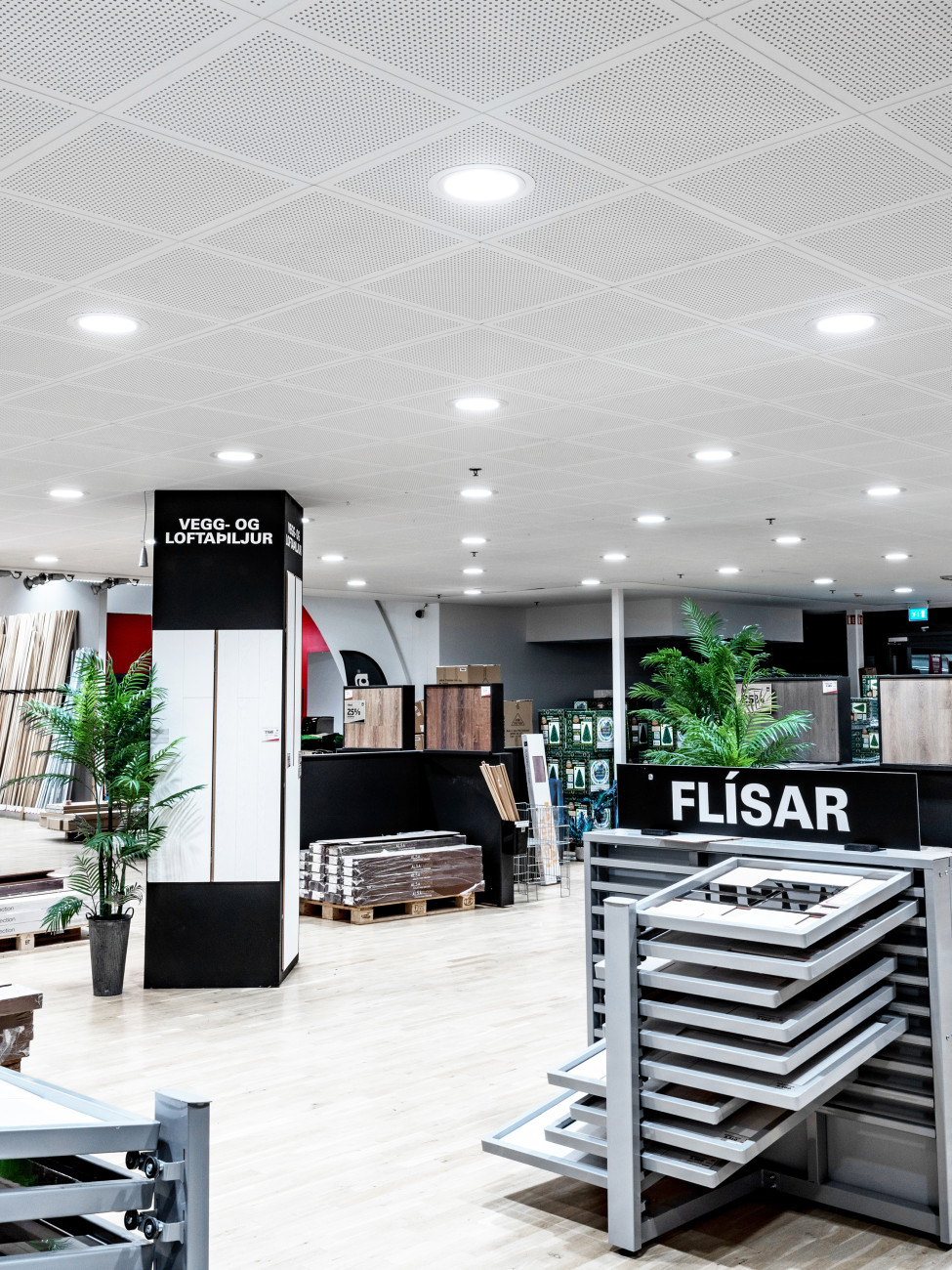
The Aesthetics of Illumination
Creating a visually appealing retail space is essential to attracting and retaining customers. With advances in LED technology, stores now have more lighting options than ever before. LED's offer unparalleled flexibility, allowing store owners to experiment with different lighting strengths and colors. Whether creating a cozy, intimate environment with warm lighting or an energetic, vibrant atmosphere with cooler tones, LEDs can meet a wide range of aesthetic needs.
Beyond the functional aspect, lighting fixtures themselves have become design elements. From minimalist recessed lighting to extravagant chandeliers, lighting fixtures contribute to the overall décor, resonate with brand identity and add another layer of aesthetic appeal.
Energy Efficiency and Sustainability
Today, environmental sustainability is a growing concern for businesses across all sectors, including retail. Retailers are increasingly turning to Energy-efficient LED lighting solutions, which offer significant energy savings up to 80% compared to traditional light sources. LEDs not only consume less power. They also have a longer lifespan compared to traditional incandescent or halogen bulbs, reducing both energy costs and waste. With many businesses aiming for 'green' certification, upgrading to energy-efficient lighting can be an impactful step towards achieving sustainability goals and reducing their carbon footprint.
In addition, advances in smart lighting technologies have opened opportunities for even greater energy efficiency. These systems enable automation and adaptation of lighting to specific needs, such as adjusting light intensity based on the availability of natural light or using motion sensors to turn off lights in unused areas.
Illuminating the Retail Experience with OPPLE Lighting
At OPPLE Lighting, we understand the significant impact that well-designed lighting can have in the retail sector. Our extensive range of lighting solutions is thoughtfully designed to deliver superior performance, energy savings and visually appealing lighting, all tailored to the unique needs of the retail industry. Contact us today to learn more!
